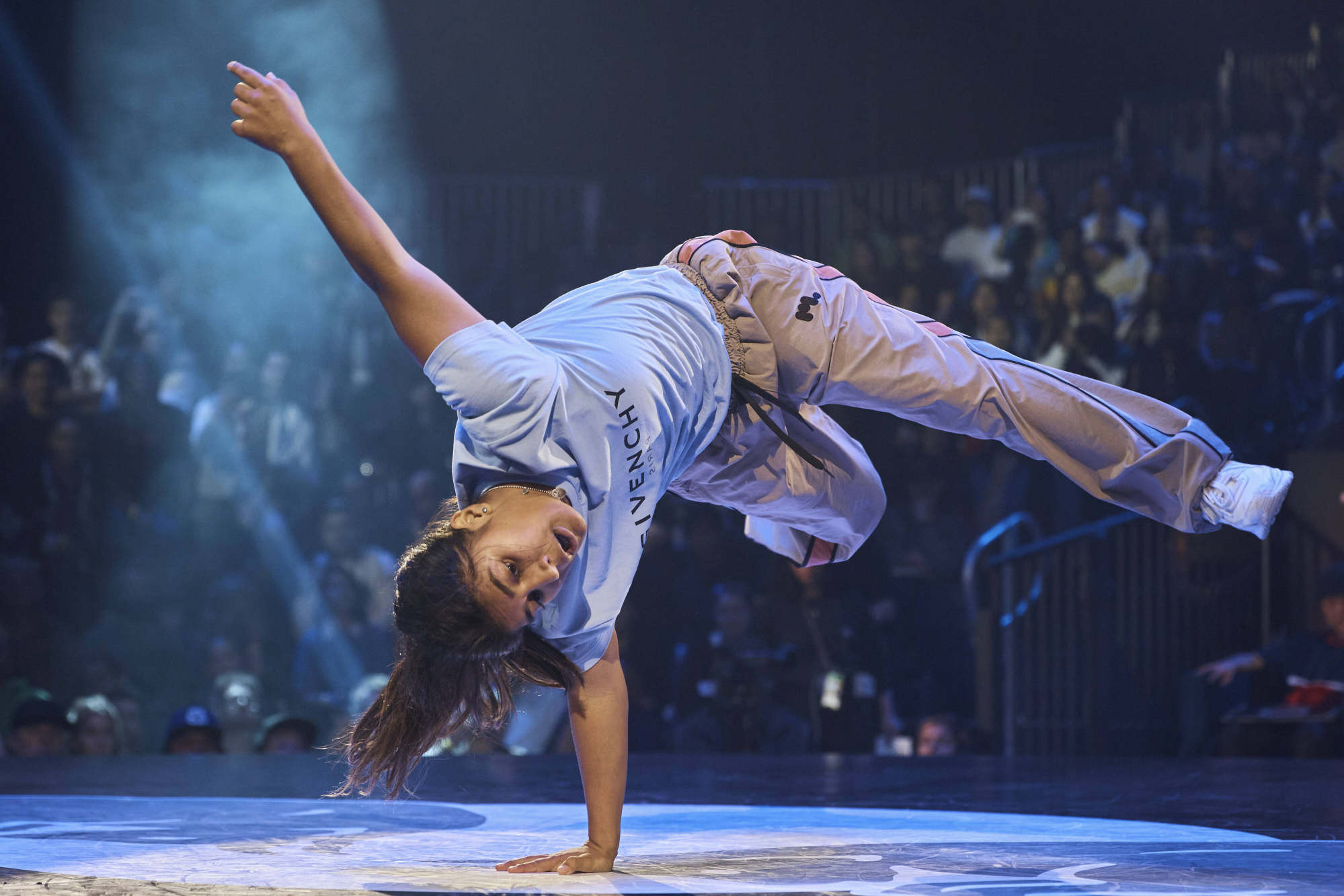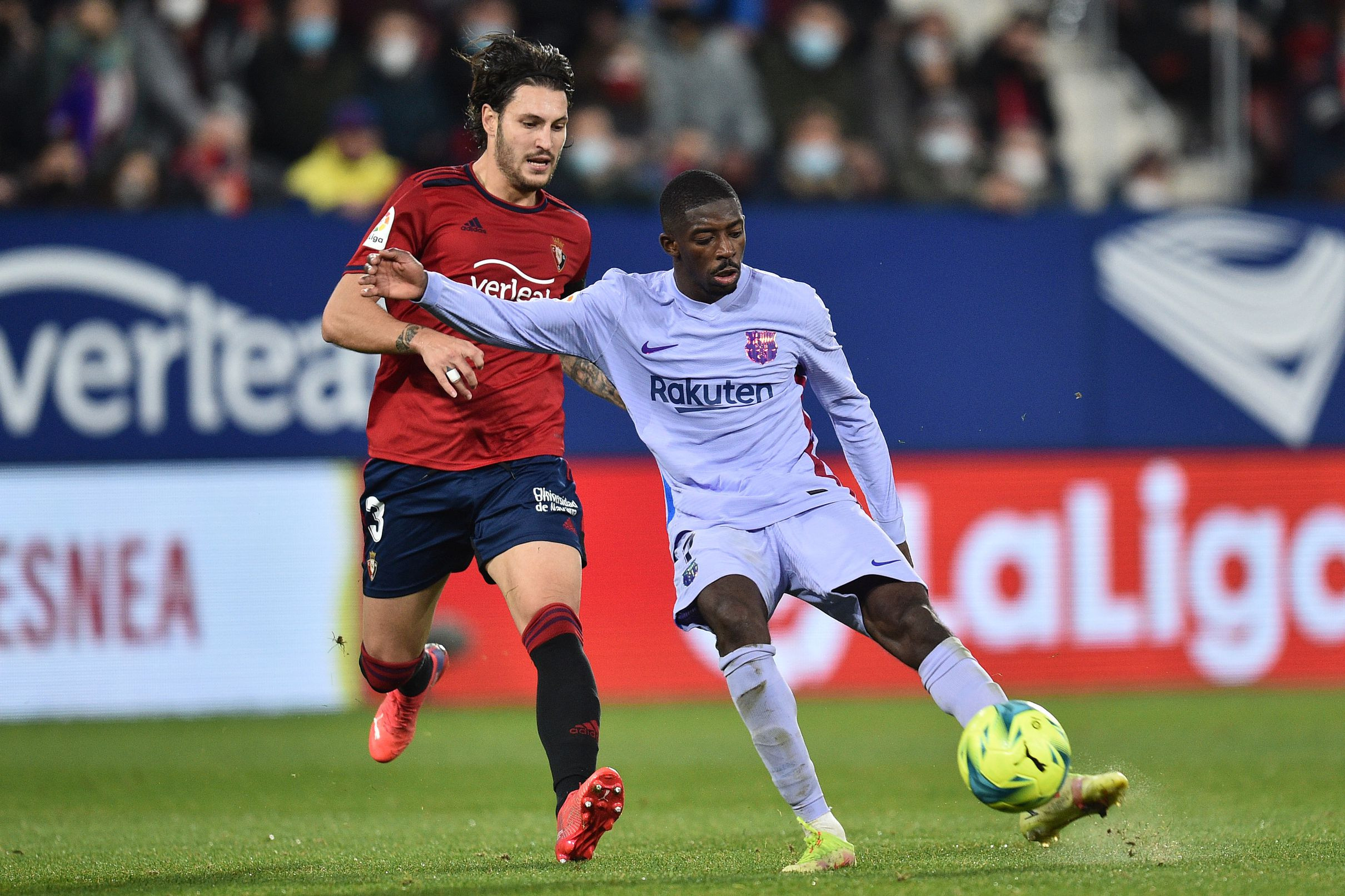The urban sport of breaking spun its way onto the Olympic stage on Friday for the first and possibly last time, with Japan’s B-Girl Ami winning the inaugural women’s gold. Breaking, better known as breakdancing, made its debut amid the grand elegance of Paris’ Place de la Concorde, with 17 dancers known as B-Girls going head-to-head in a series of battles. Ami, whose name is Ami Yuasa, beat Lithuania’s Dominika “Nicka” Banevic in the final, with China’s Liu “671” Qingyi taking bronze. The sport’s appearance at the Olympics could be a fleeting one however, having already been dropped from the Los Angeles 2028 programme and no guarantees it will return in the future. “It was disappointing it was decided that it wouldn’t be in LA, particularly before we even had a chance to show it,” said Australian B-Girl Rachel “Raygun” Gunn. “I think that was possibly a little premature. I wonder if they’re kicking themselves now.” 36-year-old Gunn lost all three of her pool matches - and copped plenty of flak on social media for her unique style - but was beaming with pride. “I am super excited to be part of bringing breaking to the world,” she said. “It is such a phenomenal atmosphere here. It is such an amazing experience, and it is a privilege to get this opportunity.” The judges, however, didn’t show the Aussie much love, with Raygun failing to win a single round in her three battles. “All my moves are original,” she said. “Creativity is really important to me. I go out there and I show my artistry. Sometimes it speaks to the judges, and sometimes it doesn’t. I do my thing, and it represents art. That is what it is about.” Gunn, who has a PhD in breakdancing and dance culture and lectures at Macquarie University, added: “I was never going to beat these girls on what they do best, the dynamic and the power moves, so I wanted to move differently, be artistic and creative because how many chances do you get in a lifetime to do that on an international stage? I was always the underdog and wanted to make my mark in a different way.” Some critics also took aim at Gunn’s uniform - an Australian Olympic tracksuit - given most competitors wore streetwear. In an Instagram post, Gunn hit back. “Looking forward to the same level of scrutiny on what the bboys wear tomorrow,” she said. Speaking to reporters after her performances, she explained further: “I guess maybe being a bit older, I know how rare this opportunity is and I wanted to take the chance to wear the green and gold. I don’t know why some of the other girls didn’t want to wear their kit. It was a real moment of pride for me to wear the Australian uniform, I was particularly excited for this shirt to have the Indigenous print on the arms.” The 16-year breaking veteran has earned plenty of plaudits despite the criticism. NBC New York wrote an article entitled: “A breaking hero emerges: Meet Australia’s Raygun”, and even Rolling Stone published a story called: “Australian Olympic Breaker ‘Raygun’ Loses Dance Battles, Wins Our Hearts”. Organisers ensured breaking made the most of its time in the spotlight in Paris, pumping up the volume for an excited crowd that included rapper Snoop Dogg. “I still don’t believe that I’m here because breaking is so different,” said Italian Antilai Sandrini, known by her B-Girl name Anti. “I never thought about breaking at the Olympics, so for me it’s really huge.” The first contest of the day was between India Sardjoe of the Netherlands, known by her B-Girl name India, and Refugee Olympic Team competitor Talash. Talash, whose real name is Manizha Talash, left Taliban-controlled Afghanistan to live in Spain two years ago and danced wearing a blue cape with “Free Afghan Women” printed on it. “There are so many people that are struggling everywhere, and this is why the world needs this,” said American B-Girl Logistx, also known as Logan Edra. Breaking originated as part of hip hop culture in New York in the 1970s. What began in the block parties of the Bronx has reached the fountains and classical facades of one of Paris’ most opulent public spaces, overseen by the International Olympic Committee. Logistx said finding a balance between breaking’s roots and Olympic competition had been “a messy process”. “I’m just so happy with what everyone fought for on this journey because I feel like the culture pulled through,” she said. Each battle sees B-Girls take turns to lay down their dance moves over a set number of rounds, with a panel of judges determining the winner. The competition opened with a pool stage featuring four groups of four B-Girls, before moving onto the knockout round. The B-Girls perform on a circular stage, accompanied by a DJ pumping out hip-hop classics and MCs hyping up the crowd. B-Girls in the women’s event come from countries as diverse as Japan, Lithuania, Morocco and Australia. Australian Raygun offered a riposte to those who claim breaking should not be an Olympic sport. “What is an Olympic sport? What are the similarities between dressage and artistic swimming and the 100m sprint and the pentathlon?” she said. “Breaking is clearly athletic, it clearly requires a whole level of dedication across a number of different aspects. It’s really bringing a new level of excitement.” The men’s competition takes place on Saturday, Aussie 16-year-old B-boy Jeff Dunne (“J Attack”) competing at 12.17am AEST on Sunday. With the breaking spun, won and done in an Olympics cameo in Paris, Australia’s B-girl Rachael Gunn, aka Raygun, has bowed out on her own terms. But Australia’s first Olympic break dancer has hit back at critics who have slammed her performance at Paris 24, after she failed to receive a point from the judges and was knocked out at the round-robin stage. Gunn turned heads with her performance that stood out from the show put on by the other breakers, and won plenty of admirers for her presence on stage as she wore her Australia team uniform in place of typical breaking gear. “All my moves are original,” Gunn said on the inspiration for her performance. “Creativity is really important to me. I go out there and I show my artistry. Sometimes it speaks to the judges, and sometimes it doesn’t. I do my thing, and it represents art. That is what it is about.” The buzz was big around Place de la Concorde with superstar American rapper and Olympics aficionado Snoop Dogg taking to the stage to show off a few of his own moves before opening the event. There was no doubt about the dynamic skills of the athletes, who are judged on creativity, personality, technique, variety, musicality and vocabulary, which is the variation and quantity of moves. With two live DJs, competitors engaged in three judged battles, which involved two 60-second routines each, before the elimination round and then medals. But with competition stretching five-and-a-half hours even Snoop, the unofficial Games mascot, had seen enough and made his departure midway through the competition. An Olympic refugee team breaker, Manizha Talash, who was born in Afghanistan before fleeing due to the Taliban, made an early political statement by unveiling a cape during her round with the words “Free Afghan Women” and was applauded by her Dutch competitor India Sardjoe. Gunn’s first battle was against American Logistx but the Australian was no match for her international rivals, unable to win a point in any three contests including against 16-year-old French B-girl Syssy. A university lecturer with a PhD in cultural studies, the 36-year-old said she knew she couldn’t compete athletically with their tricks and spins and strength moves so tried to be more creative. “What I wanted to do was come out here and do something new and different and creative — that’s my strength, my creativity,” said Gunn. “I was never going to beat these girls on what they do best, the dynamic and the power moves, so I wanted to move differently, be artistic and creative because how many chances do you get that in a lifetime to do that on an international stage. I was always the underdog and wanted to make my mark in a different way.” Gunn was asked whether breaking deserved to be an Olympic sport but responded that it filled the criteria. “What is an Olympic sport? It’s so broad here... what are the similarities between dressage and artistic swimming and the 100m sprint and the pentathlon,” she said. “Breaking is clearly athletic and it clearly requires a whole level of dedication across a number of different aspects so I feel like it meets that criteria. And it’s really bringing a new level of excitement.” Japanese B-girl Ami Yuasa won gold, topping all three rounds in a gold medal battle against Nicka (Dominika Banevic) from Lithuania. “Breaking is my expression,” Yuasa said, “(an) expression, an art, but I want to say that breaking also could be part of sports.” While the athletes will compete for medals in Paris, the winners could become obscure trivia questions with Los Angeles not including it in the program in 2028 and Brisbane highly unlikely. The Oceania champion said it was disappointing the American Olympic organisers had snubbed it, given the roots of breaking were in that country. “It was disappointing that it was decided before we’d even had a chance to show it so I think that was possibly a little premature,” Gunn said. “I wonder if they’re kicking themselves now, particularly because they’ve got some great American breakers who could totally be on the podium. But it’s not the end for breaking, the breaking culture is so strong.” Australia’s 16-year-old B-boy Jeff Dunne, known as “J Attack”, will line up in the male competition on Saturday.
Nneka Okoro
Sports Reporter
Covering sports events and bringing you live updates.

















